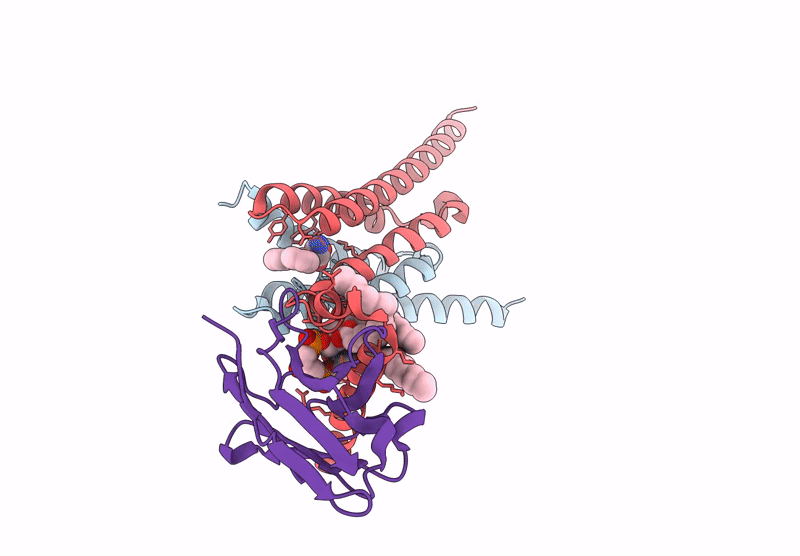
Deposition Date
2024-03-30
Release Date
2025-03-12
Last Version Date
2025-05-14
Entry Detail
PDB ID:
8YW8
Keywords:
Title:
Cryo-EM structure of human mitochondrial pyruvate carrier in complex with the inhibitor UK5099
Biological Source:
Source Organism:
Homo sapiens (Taxon ID: 9606)
Escherichia coli BL21(DE3) (Taxon ID: 469008)
Escherichia coli BL21(DE3) (Taxon ID: 469008)
Host Organism:
Method Details:
Experimental Method:
Resolution:
3.17 Å
Aggregation State:
PARTICLE
Reconstruction Method:
SINGLE PARTICLE


